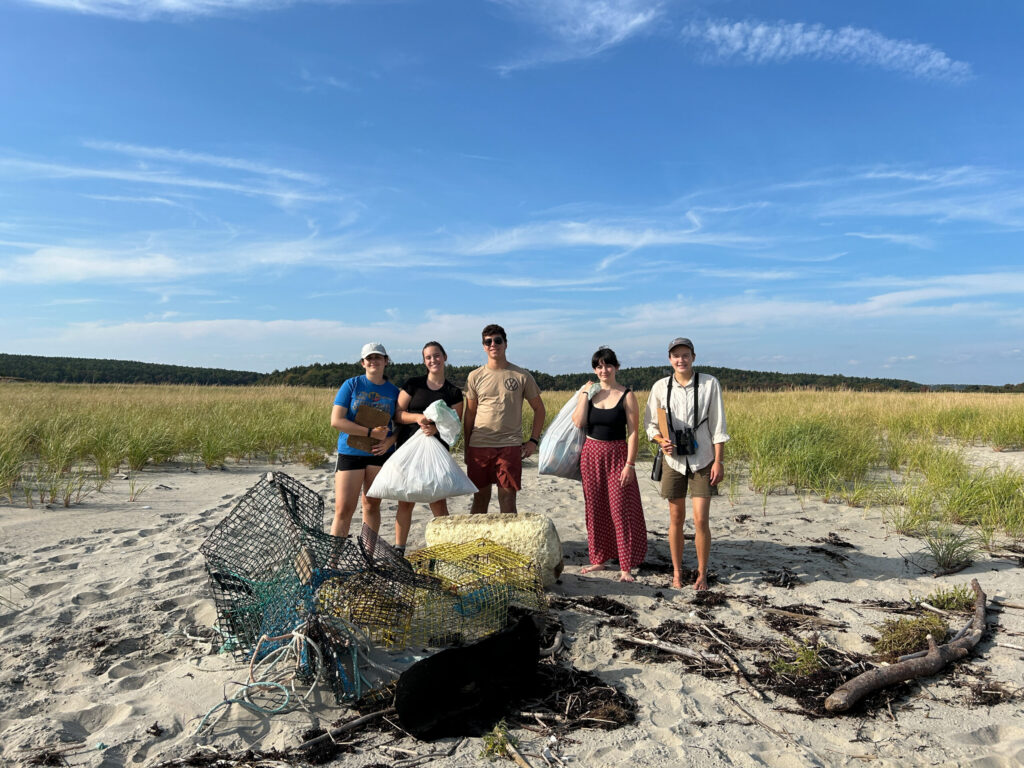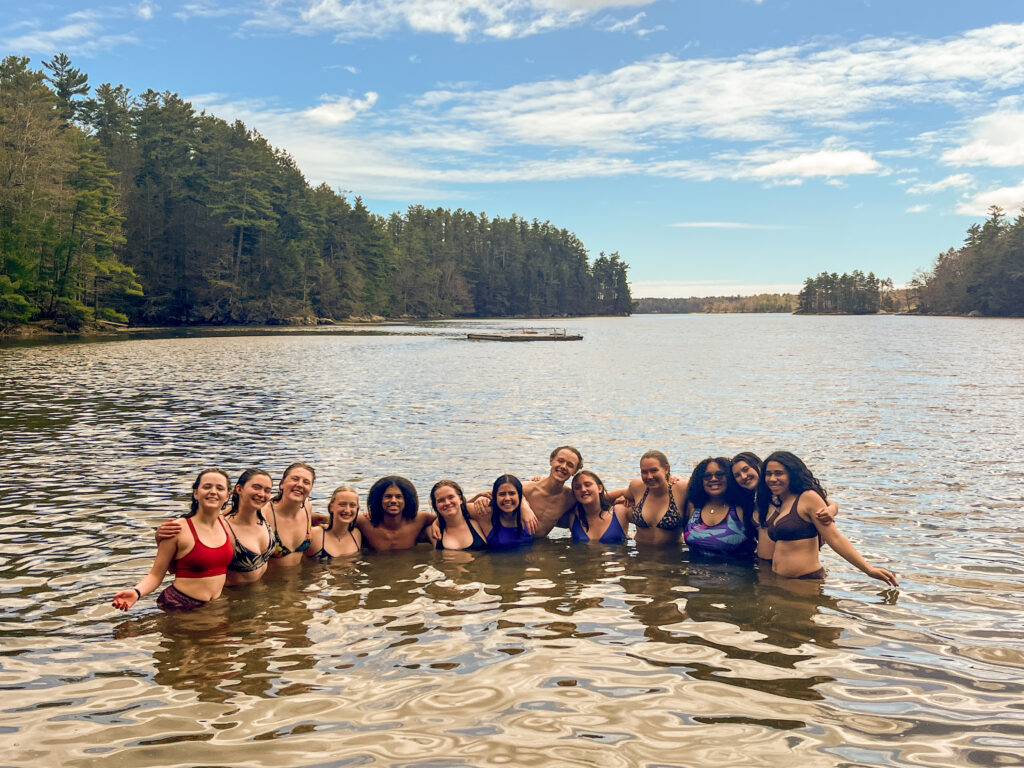On the first day of COVID-19-induced home-schooling, one Chewonki alumni family with three children under 10 asked me by telephone, “Can Chewonki help me out with some curriculum?” I was happy to say we were already working on it for our students, but I had to be honest and say that it would take us a bit of time to help our alumni in a substantial way. Like everyone right now, we are adjusting to a new normal.
As we all transition to distance learning, I offer you five principles of place-based learning to get your home-based education program up and running.
1. Set a Daily Schedule & Stick to it
I have often seen people mistakenly implement progressive education approaches without structure, expectations, and accountability. Children feel safe and perform better with a regular schedule. Make the schedule with them if they are old enough, include some big blocks of time, and allow for plenty of physical activity and creative time.
2. Be Physically Active Throughout the Day
Research proves that in addition to all the other health and mental health benefits, regular aerobic activity increases learning efficiency and retention, also known as “stickiness.” Start the day with a burst of activity, even with a “morning mile” if you are able to, and then have regular activity blocks throughout the day. The learning will follow, even if you have less “seat time.”
3. Use Neighborhood Resources for Learning
Social distancing practices may mean that indoor cultural resources are not available in these times, however, everyone has unique resources within a short distance of your home. Local nature, whether an urban park or rural wild area, provides limitless potential for observation, study, and inspiration. At Chewonki we often use “sit spots” for “phenology,” the study of seasonal natural phenomena over time. Meanwhile, the built environment has tremendous potential for the same approaches – observation, study, and inspiration, from creative writing to art.
4. Make Household Chores Part of the Education
Having children at home for an extended time is going to be a lot of work for parents and extended family. Now is the time to reset expectations for what children do and to make that part of their education. Work alongside your children to make meals, wash dishes, do the laundry, and complete other chores. And consider how to go one step farther: Integrate math instruction with baking for younger students, teach science by cooking for older students, and explore the history of changing home technologies and household roles over time as you run your household together. These are just a few examples of the learning all around you.
5. Connect (Remotely) Socially Every Day
As our social spheres shrink in a time of restrictions on movement and gathering, it is important to maintain positive connections, even if virtually. Resurrect the old art of letter-writing. Set up a regular conference or video call with a group of friends or family. Or choose one extended family member or old family friend to call each day to reconnect with. Everyone will benefit and I bet you might wonder why you haven’t been doing that more often.
These are just a few principles to consider as you set up a new normal for learning in your household. There is important coursework from school to focus on and learning targets to work towards, however, without a clear structure, regular physical activity, and social connections, the academic work will be a challenge to complete.
Teaching and learning at home needs to feel real and relevant for students if they are to find joy and self-motivation. So include household chores and your neighborhood resources in the process and I suspect you will be surprised by the outcomes.
Willard Morgan is the President of Chewonki, a non-profit organization in Wiscasset, Maine, dedicated to inspiring transformative growth, teaching appreciation and stewardship of the natural world, and challenging people to build thriving, sustainable communities throughout their lives.













